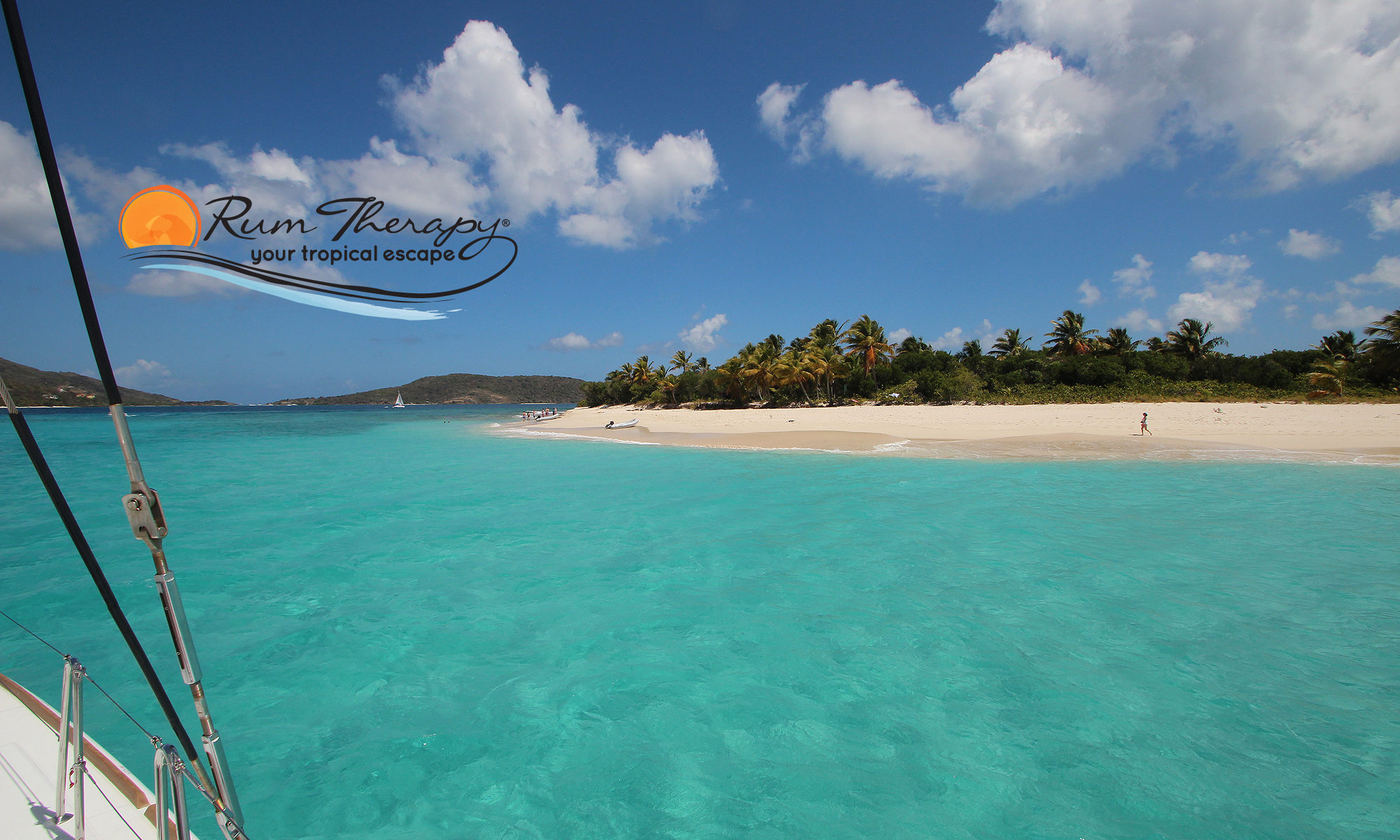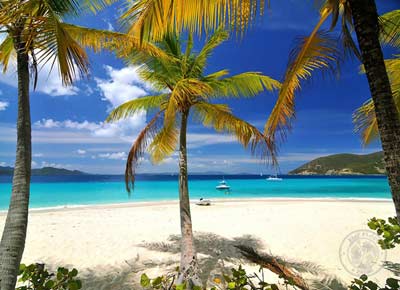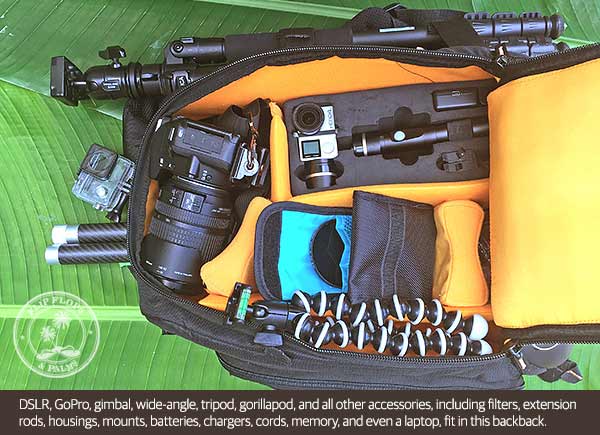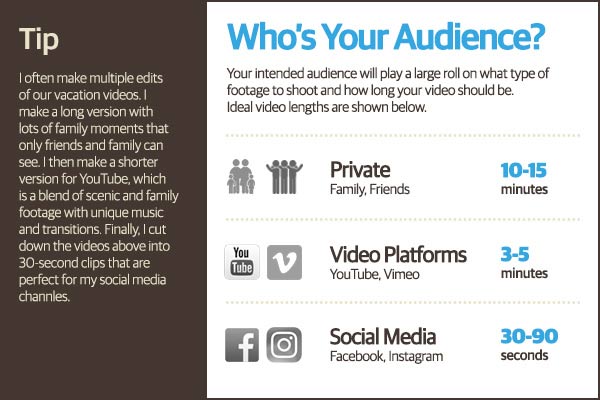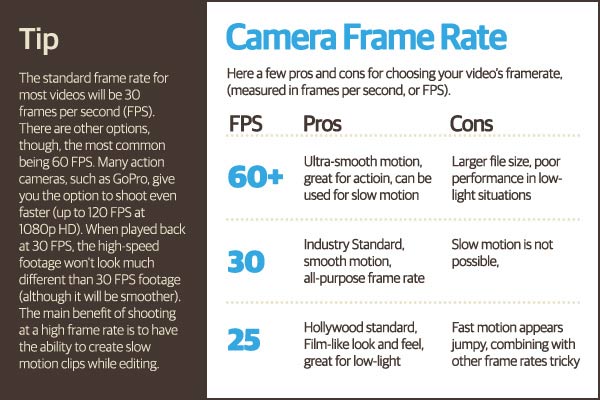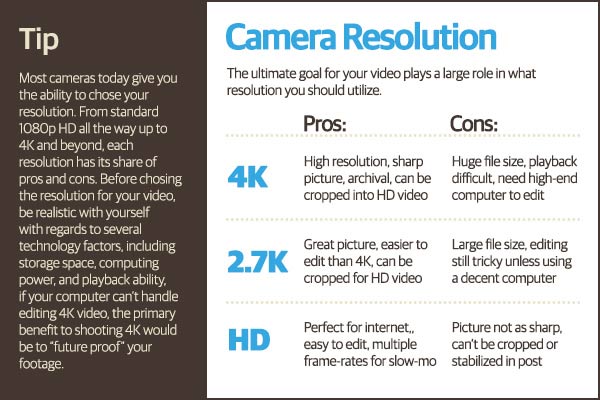This is a guest post by Todd Hayward of Flip Flops & Palms whose excellent island videos and photos have certainly captured our attention. Want to put together better vacation videos? Check out these great tips & hints that will help you transform your vacation videos from average to breathtaking!
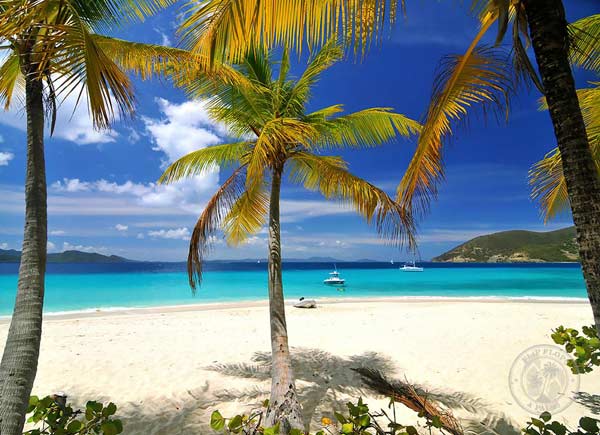 Photo of Sandy Cay, BVI by Todd Hayward
Photo of Sandy Cay, BVI by Todd Hayward
If you’ve always been into photography and want to try your hand at producing high-quality vacation videos, here’s a guide to getting you on the right track. If you’re going on vacation, you probably already have a camera, and more than likely, it’s able to shoot video. The addition of a few key accessories and a little bit of planning might be all you need to transform your vacation videos from average to breathtaking!
Choose the gear that fits your needs
Believe it or not, camera gear isn’t as important to producing quality photos and videos as the manufacturers would like you to believe. You definitely get what you pay for, but you don’t need to break the bank to get high quality, feature-packed gear. If you don’t already own a camera, any moderately priced DSLR, mirrorless, point-and-shoot, action camera, or camcorder these days is loaded with great features to help you take great videos. I rely on three options. Traveling with kids, I can’t be weighed down by too much stuff, so depending on my needs, I use the following:
1. DSLR: Nikon D5500 with a zoom lens and a wide-angle lens. Used for still shots and video.
2. Action camera: GoPro Hero4 for motion shots or underwater shots. Paired with a gimbal (see the next section) and waterproof housing, it’s a powerful filmmaking machine.
3. Drone: DJI Phantom 3 Advanced. By no means is a drone necessary, but aerial footage provides some serious visual impact.
Key takeaway: I admit, this is probably more gear than most of you will need (or want), but the point is, camera gear doesn’t make or break your video. You don’t need $10,000 in gear to produce good videos (the gear listed above totals just under $3000, the cost of many mid- to high-end DSLR camera bodies). You just need the appropriate tools utilized the right way to maximize your creative potential.
Include these two must-have accessories
I truly believe these two accessories are absolutely critical to top-notch vacation videos.
1. Filters: Everybody needs a circular polarizer filter (CPL filter). If you’ve ever seen rich, vibrant colors in a photo or video, odds are the photographer/filmmaker utilized a CPL filter. It filters out the polarized light in the atmosphere, allowing nature’s true colors to shine through. I put a CPL filter on everything… even the drone.
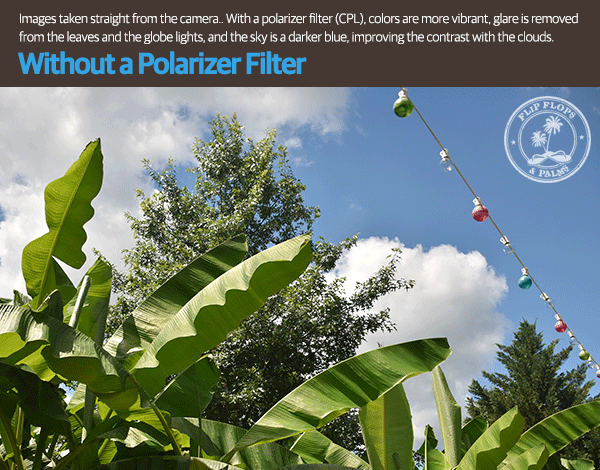
2. Stabilization: Shaky video really only works for chase scenes, so I rely heavily on a stabilization device. I have a tripod and Gorillapod that I use for quick stationary shots and time-lapses, but more importantly, I attach my GoPro to a handheld gimbal—a motorized device that provides stabilization on all three axes. I use a Feiyu-Tech G4 and love it. Gimbals give you the ability to produce silky-smooth video by isolating the camera from all the bumps and movement you produce while filming on the go. If you want to go a step farther, pick up a glide-cam for your DSLR. They’re a pain to travel with, but the results can be epic.
Key takeaway: CPL filters will provide the visual punch you need to make your videos shine. Stabilization will help keep your videos watchable and professional-looking. Even if you simply place the camera on a table or brace yourself against a tree for a quick shot, stable footage is key to a great video.
Check out this short clip highlighting the use of a gimbal for video stabilization vs. unstabilized footage
Plan your shots
A little bit of planning goes a long way. The amount of effort you put into planning and filming your shots will determine the impact your video will have on your audience. There are several factors you should consider when planning your video.
1. Lighting: The best lighting occurs from just after sunrise to 10:00 a.m., and then from 3:00 p.m. to sunset. The sun is low, the light is softer, and the shadows create texture. Try to avoid filming in midday sun, if possible. Be careful shooting directly into the sun.
2. Background: Be aware of your background. I always choose to shoot from a location that will provide me the most attractive lighting and a background free from distractions, such as large crowds, unwanted signs, garbage cans… really anything that detracts from your perfect shot.
3. Motion: If you happen to have a gimbal or other stabilization device (or steady hands), experiment with some of the same types of motion shots used in Hollywood movies, such as pans (slowly moving from side to side), cranes (start low and slowly raise the camera above the subject), and reveals (follow your subject through a unique setting).
Key Takeaway: Be proactive, not reactive. Don’t wait for the right shot—plan for it. Wake up early and head out for some sunrise footage before everyone wakes up. If you’re on the beach with your family, set up a time-lapse. Observe your kids or loved ones and their surroundings and think about a unique way to capture the moment. Utilize different filming techniques to keep your videos visually interesting.
The following short video takes into account all three of the above elements: low-angle lighting, clean backgrounds, and smooth movie-like motion (as well as unique elements, such as underwater and aerial footage):
Editing
For most people, editing is the least enjoyable part of the filmmaking process. However, once you gain confidence and become familiar with your editing tools, anything is possible—color correction, transitions, music, slow-motion, time-lapse, if you can imagine it, it can be done. There are several entry-level options for editing software, the most notable being GoPro Studio (free) and iMovie ($15). At the other end of the spectrum are the more sophisticated, harder-to-use Apple Final Cut Pro ($300) and Adobe Premiere Pro ($20/month). Do your research and find a suitable option that fits your needs and budget, then get busy turning all of your footage into a breathtaking vacation video!
Things to think about…
A special thanks to Todd Hayward for this detailed and useful information. Be sure to follow Todd on his Facebook page – Flip Flops & Palms and on Instagram for a lot more island inspiration!
